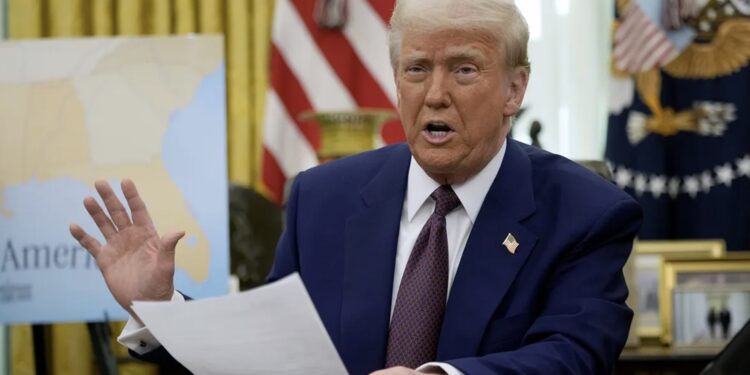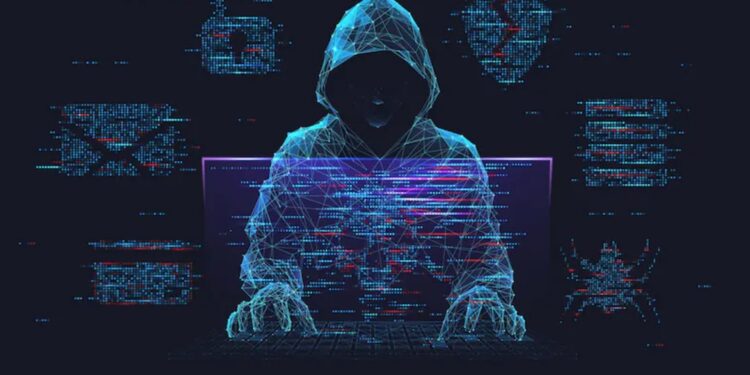President Donald Trump on June 6, 2025, signed a sweeping Executive Order titled “Sustaining Select Efforts to Strengthen the Nation’s Cybersecurity and Amending Executive Order 13694 and Executive Order 14144.” This directive significantly reorients the United States’ cybersecurity strategy, focusing on critical protections against foreign cyber threats while rolling back what the administration deems “burdensome” elements of previous administrations’ policies.
The new order amends and, in some cases, supersedes key provisions from cybersecurity directives issued by both the Obama and Biden administrations. A central tenet of the overhaul is a renewed emphasis on securing third-party software supply chains, quantum cryptography, artificial intelligence (AI), and Internet of Things (IoT) devices.
Among the most notable changes is the removal of certain requirements for secure software development attestations and directives tied to the acceptance of digital identity documentation. The White House stated that these measures often prioritized “compliance checklists over genuine security investments” and risked “widespread abuse.” This includes the elimination of centralized validation of software attestations by the Cybersecurity and Infrastructure Security Agency (CISA) and corresponding amendments to the Federal Acquisition Regulation (FAR).
The Executive Order also redefines the scope of cyber sanctions, limiting their application solely to “foreign malicious actors.” This aims to prevent misuse against domestic political opponents and clarifies that sanctions do not apply to election-related activities, a point of contention for the administration.
Looking to the future, the order mandates accelerated adoption of post-quantum cryptography (PQC) standards, recognizing the impending threat quantum computing poses to current encryption methods. It directs CISA and the National Security Agency (NSA) to regularly update a list of product categories supporting PQC and sets a deadline of January 2, 2030, for federal agencies to implement quantum-resistant systems.
Furthermore, the directive refocuses AI cybersecurity efforts towards identifying and managing vulnerabilities, rather than what the administration described as “censorship.” It also calls for existing datasets for cyber defense research to be made more accessible to the academic community to foster innovation.
President Trump’s administration asserts that this new Executive Order will foster a more agile and effective cybersecurity posture, emphasizing technical professionalism and resilience against the most pressing threats. The move is expected to trigger a period of adjustment for federal agencies and private sector contractors as they align with the updated priorities and requirements.
















